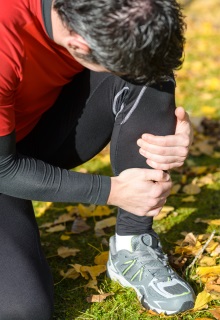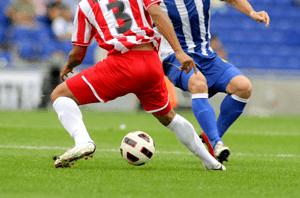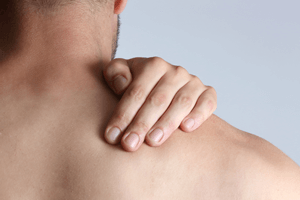Lower back pain and golfers
 Research suggests that the incidence of insidious low back pain (LBP) in golfers may occur as a result of factors such as cumulative load from high volume swing practice; lateral shearing forces created on the downswing by trunk side flexion and trunk rotation; an over-rotation of the trunk on the backswing, and /or core muscle dysfunction, to name a few.
Research suggests that the incidence of insidious low back pain (LBP) in golfers may occur as a result of factors such as cumulative load from high volume swing practice; lateral shearing forces created on the downswing by trunk side flexion and trunk rotation; an over-rotation of the trunk on the backswing, and /or core muscle dysfunction, to name a few.


 Groin pain is one of the most frustrating injuries for athletes in terms of lost time from sport.
Groin pain is one of the most frustrating injuries for athletes in terms of lost time from sport. Trigger points are described as a tender spot in a tight band of muscle, that is painful on palpation or touch. They are commonly called “knots” and may cause pain locally, may refer pain to a different area of the body or may limit range of motion. They are caused by overactivity in a muscle, which may be a result of the likes of poor posture, muscle imbalances, overuse in sport or daily activities, or stress.
Trigger points are described as a tender spot in a tight band of muscle, that is painful on palpation or touch. They are commonly called “knots” and may cause pain locally, may refer pain to a different area of the body or may limit range of motion. They are caused by overactivity in a muscle, which may be a result of the likes of poor posture, muscle imbalances, overuse in sport or daily activities, or stress.  Poor posture whilst sitting at the computer can cause pain in the back, neck and shoulders. Here is some helpful tips for healthy computer use.
Poor posture whilst sitting at the computer can cause pain in the back, neck and shoulders. Here is some helpful tips for healthy computer use.